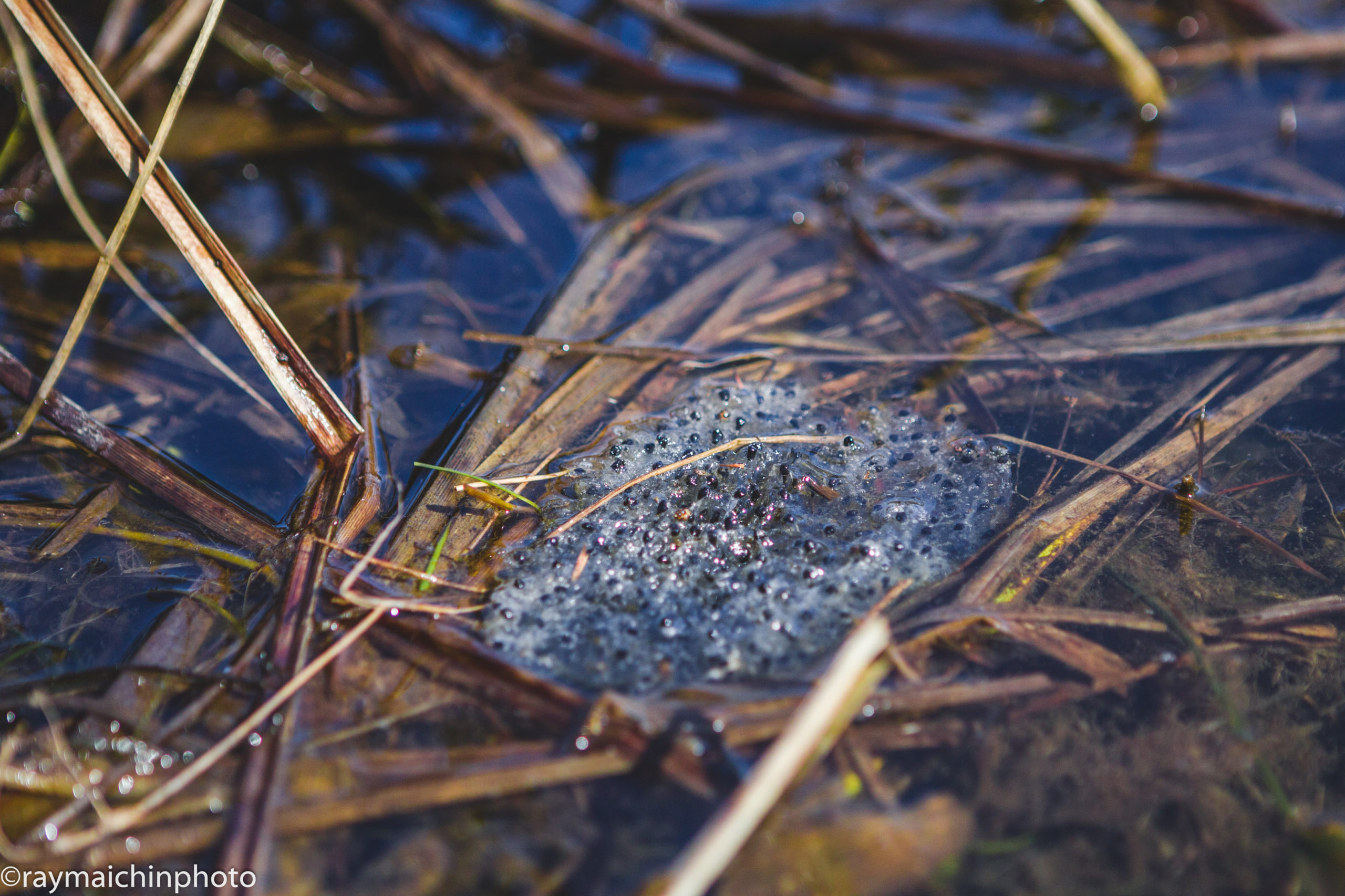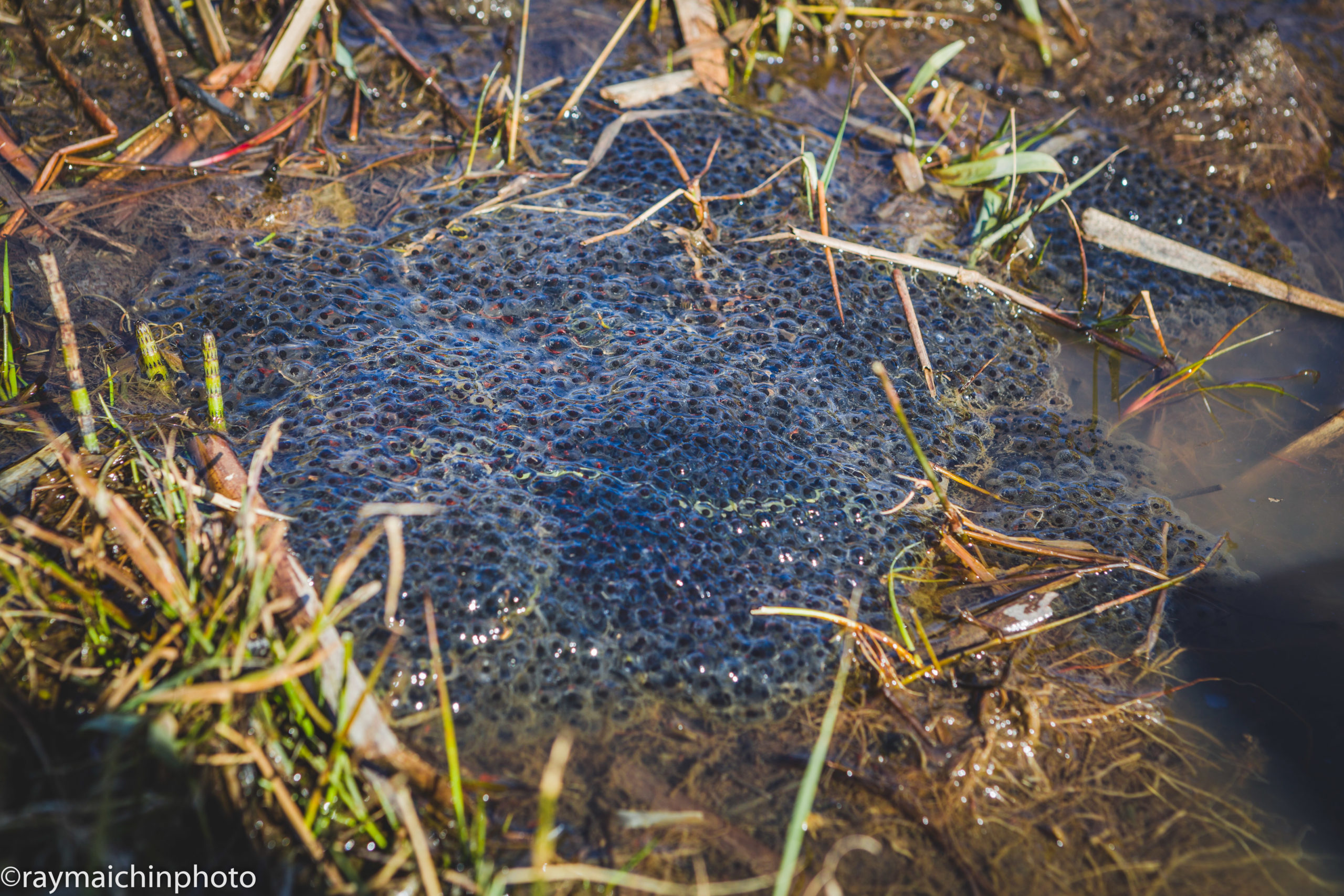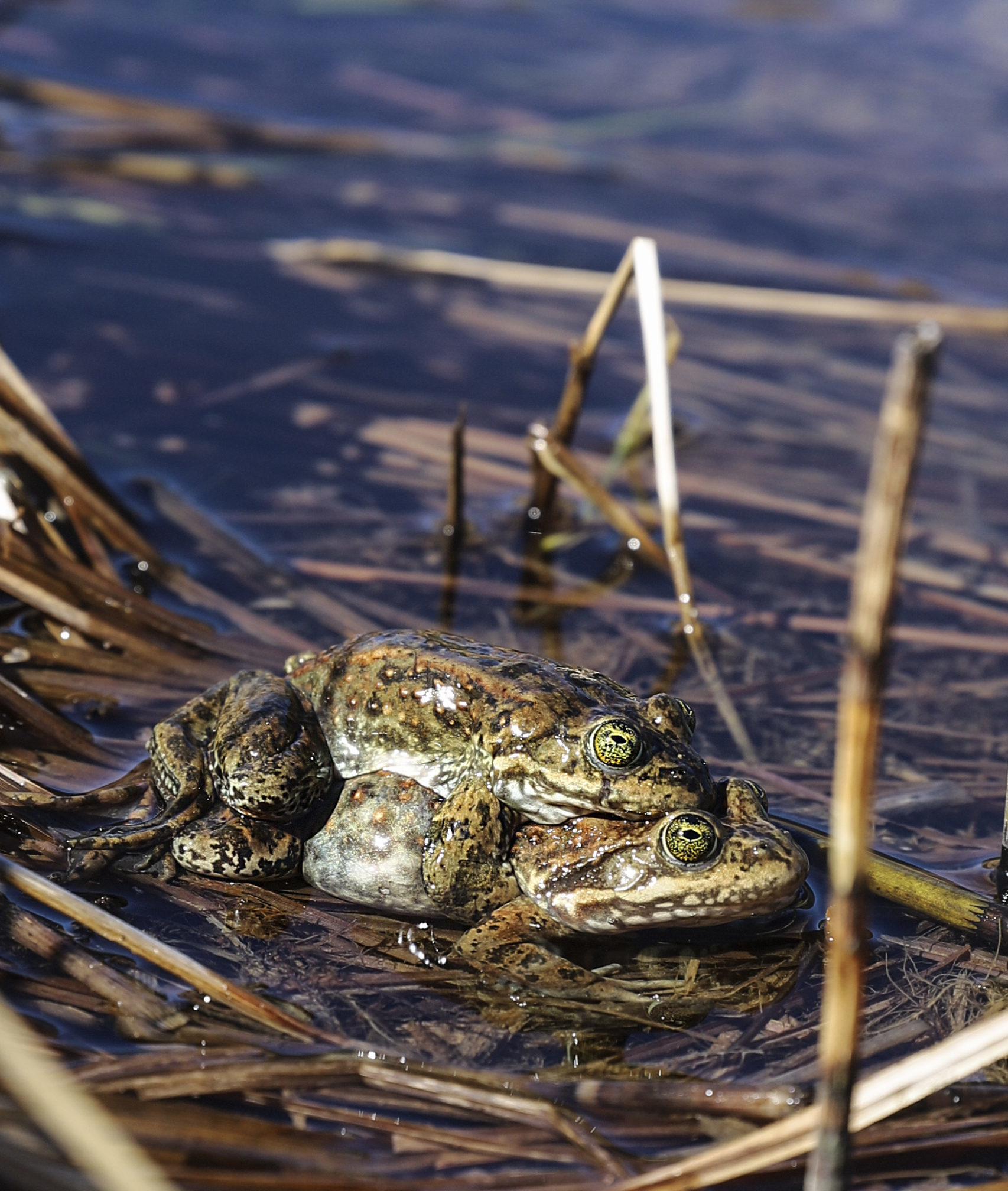As the effects of climate change become increasingly apparent in the Fraser Valley and around the world, we may ask ourselves, ‘If people are having a hard time coping with climate change, how are more sensitive creatures faring?’ The Fraser Valley Conservancy (FVC) is exploring this question further, having been researching and protecting vulnerable creatures, such as amphibians and owls, since 1998. Frogs have taken priority in the FVC’s research efforts, as compounding impacts in the Fraser Valley have devastated several native frog species. The Pacific Treefrog, for example, has had to face significant loss of wetland habitat, invasive American Bullfrog predation, poor water quality from herbicides, pesticides and other pollutants, and life-threatening diseases like chytridiomycosis. Several accounts indicate the numbers of these iconic frogs are dwindling across the valley, and their future survival is becoming even more threatened due to climate change. Now, more than ever, the amphibians of the Fraser Valley need your help.
Rising greenhouse gases are blocking solar energy from leaving the atmosphere, resulting in higher global temperatures. This leads to changes in weather patterns, which we call climate change. Increasing temperatures create more water vapour and energy in our atmosphere, resulting in more extreme weather events. The Fraser Valley has experienced its share of extreme weather events in recent years, most notably last year’s heavy rainfall that contributed to flooding and landslides, and the intense heat dome that caused heatstroke and death in people, wildlife, and vegetation. As the impacts of climate change continue to intensify, the Fraser Valley can expect these kinds of weather events to become even more frequent and severe. Using modeling-based predictions, the Fraser Valley and west coast of BC are expected to warm by 2.3°C by the 2080’s (from the 1961-1990 level), while atmospheric rivers are expected to worsen. In fact, by the 2080’s precipitation is predicted to increase by 10% in all seasons other than summer where rainfall is expected to decrease by 10%. The Fraser River has warmed by 1.5°C since the 1950’s and is projected to rise another 1.9°C by 2100. This temperature change can negatively affect water quality, salmon, insects, and amphibians.

Climate change impacts negatively affect native amphibians in the Fraser Valley. The most significant impacts are due to prolonged heat and drought. Frogs, being amphibians, depend greatly on water; the word amphibian, derived from Ancient Greek, means ‘both kinds of life’, referring to their origins in water (as tadpoles/larvae) and their life on land. In a drought situation, tadpoles can perish if their pond dries up or overheats. As drought is often accompanied by intense heat, frogs and salamanders on land may find themselves overheating and drying out, resulting in their death. Unusual weather patterns in the early spring can signal to amphibians to breed earlier than normal, leaving their eggs vulnerable to lethal freezes. While amphibians are dependant on water, significant rain events can also have detrimental effects on their survival. As water rushes over the landscape, it carries all the surface pollutants down with it into streams and wetlands where developing tadpoles and adult amphibians absorb contaminants directly through their skin. Stream bank erosion during heavy rain events can degrade amphibian habitats, leaving them more vulnerable to predators and weather events. There is also evidence that suggests that climate change is increasing the lethality of the amphibian disease chytridiomycosis, which is caused by the parasitic fungus Batrachochytrium dendrobatidis. Frog immune systems can be weakened by unpredictable temperature variations, which can lead to more severe symptoms of the chytridiomycosis, and even death. Clearly, amphibians face an uphill battle for survival and recovery in the Fraser Valley.

With about 200 frog species having already gone extinct since the 1970’s, compounding pressures are likely to contribute towards hundreds of more frog species being lost over the next century, and that’s if current threats just remain as is. Amphibians are the Fraser Valley’s proverbial “canary in the coal mine”. Due to their sensitivity, their level of health is indicative of the health of their surrounding ecosystem. In the Fraser Valley, many forest and wetland habitats have been lost. Along with the declining Pacific Treefrog populations, three species of frogs and one salamander have been listed as species at risk. However, hope is not lost for amphibians and the climate, and the FVC is looking for your help to create meaningful change for the Fraser Valley.

First, we can work together to create a healthy climate. You can adopt climate-friendly habits into your life, such as carpooling, cutting out disposable plastics, and creating a backyard compost. The newly released book Living the 1.5 Degree Lifestyle: Why Individual Climate Action Matters More than Ever, by Lloyd Alter, has some great up-to-date information on how to incorporate climate-friendly principles into your life. On top of our daily actions, working with nature to curb climate change is vital. We must implement nature-based solutions to climate change, like planting trees, enhancing wetlands and streams, and advocating for the protection of species, remaining forests, and other important habitats. The FVC’s new Step to It program is all about increasing climate change awareness and solutions in the Fraser Valley. More about this program can be found here.
While we work to create a healthy climate for the planet in the long-term, we must also act quickly to support our local frogs and salamanders. Protecting streams, wetlands, and forests is paramount, but any property can support healthy environments here and now. Avoid chemicals, herbicides, and pesticides in your lawns and gardens. Do not pour soaps, oils, or other pollutants into storm drains; all water leads to streams and wetlands where amphibians and fish are living. Plant native shrubs and grasses that can house amphibians during the harsh summer and winter months. You can also support the FVC’s work to help native amphibians by participating in the Frog Finders program. By submitting a picture or sound clip using the simple online form, you can contribute to a database identifying where frogs and salamanders are most in need. Do you have an amphibian observation to share? Do you have questions about how to support frogs or salamanders on your property? Please check out the Frog Finders program page today.
The science is certain: climate change is impacting ecosystems around the planet, and the Fraser Valley is no exception. As a community here in the Fraser Valley, we all rely on the health of the natural world around us. Everything from our agricultural productivity to our weekend recreation is interconnected with environmental health. Caring for the climate and caring for amphibians is one and the same, and we must all do our part to support the Fraser Valley, and our planet, for generations to come.

Sources